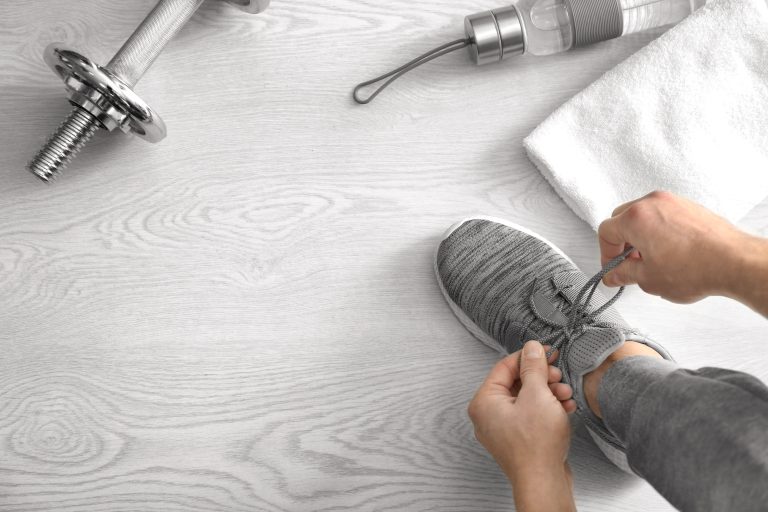A 3D foot orthosis takes some getting used to, just like conventional orthoses. The body needs time to adapt its alignment and functioning in response to the shift. Therefore, it is very natural for individuals to have pain or discomfort in their feet at first. Here are the first effects and limitations brought on by using new 3D-printed orthoses.
The gradual adoption of 3D-printed orthoses
New orthoses cause the body to become unbalanced regarding posture, gait, and foot sensation. Patients frequently experience some pain, soreness, or discomfort at first. Reassure them that this is typical and that the adjustment will not happen right away.
To reduce these uncomfortable physical reactions, 3D-printed orthoses should be maintained and not worn constantly. For example, one to two hours more each day. It is critical to establish a specific adaptation period, following which the podiatrist will perform an assessment to gauge how the body is responding and evaluate the effectiveness of the treatment plan.
The patient will also need to closely adhere to the therapeutic process, visit professionals on a regular basis, and wear special shoes.
Pressure in the foot arch from 3D-printed orthoses
Pressure in the arch or sole of the foot is one of the many feelings that patients may experience when they first put on their foot orthoses. As a result of the altered body position and the need to walk differently, the foot must adapt to the orthoses and reconstruct its typical mechanism. As a result, certain parts of the foot that were previously underutilized will need to be engaged, and the pressure points in the foot arch will need to be adjusted. This explains the pressure that occasionally can be unpleasant.
If it becomes too much, the patient can take off the 3D orthoses and reapply for their previous supports. They will simply need to replace the fresh ones the next day and attempt to keep them on for an additional hour.
Soreness from wearing 3D-printed foot orthoses
Soreness at the beginning of orthopedic treatment can be explained in much the same way as pressure or pain under the foot. It thus has a connection to the altered gait and posture. The only distinction is that it will also impact the muscles in other sections of the body, including the lower back, the buttocks, and the legs, particularly the thighs and calves.
After 2 weeks, the pain from the 3D orthoses should disappear
Although the adjustment time varies from person to person and is obviously only temporary, the pain and discomfort patients initially experience when wearing their new foot orthoses usually go away after approximately two weeks. After that, if the pain or discomfort still persists, a consultation will be required to determine the cause.
Given that the patient may experience pain from anything else or from the orthoses not fitting correctly, it is crucial to provide this information so that the patient can get in touch with the podiatrist if the need arises.
Give the body time to adapt to the 3D orthoses
The effectiveness of the therapy depends on the quality of the orthoses, as well as on adherence to the previously agreed-upon plan between the patient and the podiatrist. The foot and the body need time to adjust to the alterations and grow accustomed to the new support. It is crucial to inform the patient that these side effects, while unpleasant, are typical and should go away within a few weeks.
Please get in touch with Talaria if you are interested in learning more about the benefits of our 3D-printed orthoses.
